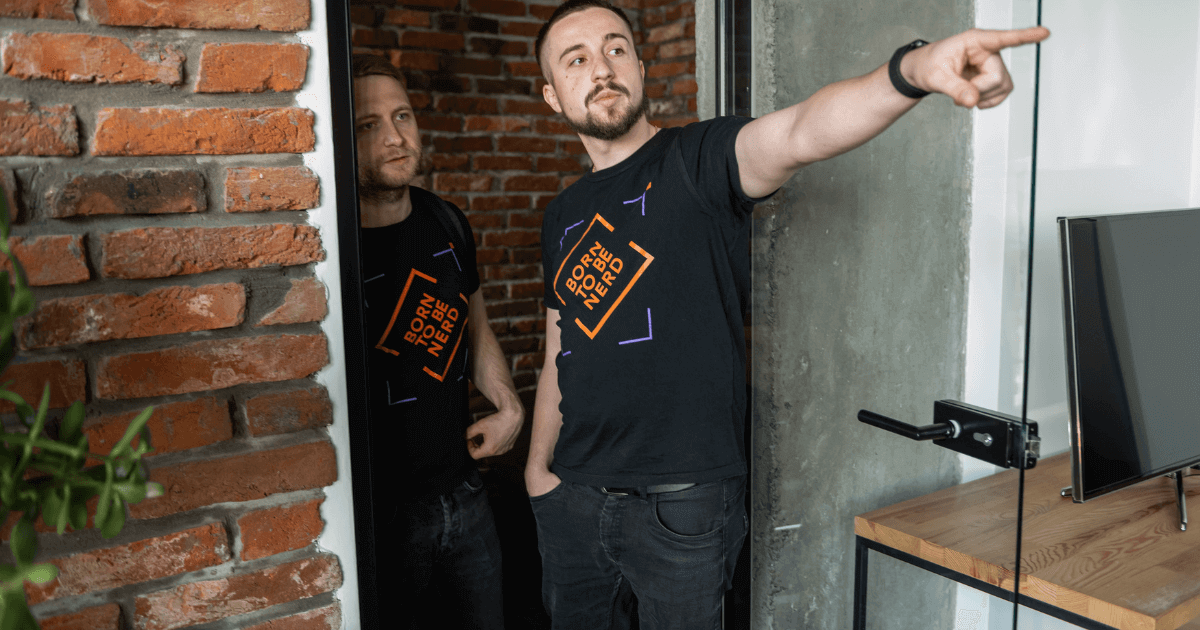От халепа... Ця сторінка ще не має українського перекладу, але ми вже над цим працюємо!
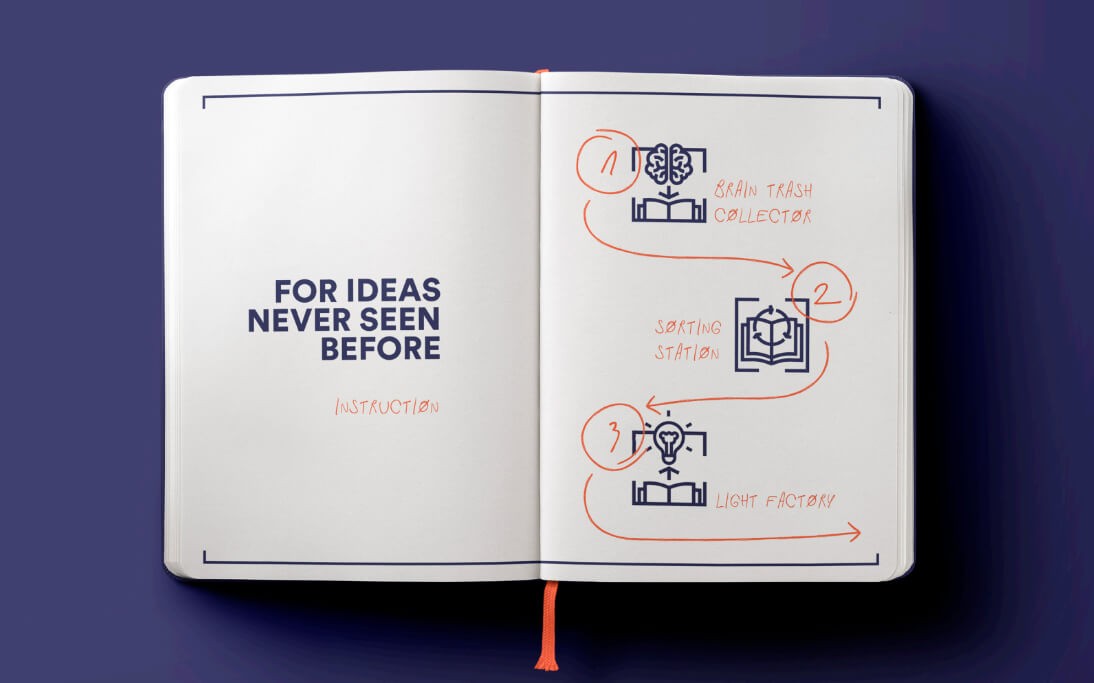
From Idea to Launch: The Role of the Discovery Phase in Software Development Projects

Nataliia Molochii
/
Business Analyst
9 min read
Want to make it big with your software development project? Hint: There’s a better way than diving right into the code. In reality, overnight success is a myth, and a well-planned strategy is key.
This is where the discovery phase of your project comes in. Sure, it can be tempting to skip this step and the additional investment that comes with it, but that usually increases the cost of your project in the long run. Unclear requirements can lead to delays, cost overruns, poor user experience, and even project failure.
Choosing an exploratory phase instead will give you valuable insight into the desired outcomes and the challenges you face. This knowledge will help you create an accurate roadmap and confidently pursue your goals from day one.
If that sounds good, let’s take a look at the key benefits, steps, and outcomes you can expect from the discovery phase of your project.
Article content:

Discovery phase overview
The discovery phase of a software project is the initial phase of the software development process, where a team of developers and stakeholders gather and analyze information to clarify your project goals, requirements, and scope.
During this phase, the development team gets to know your end user, assesses potential barriers to project success, and works to eliminate challenges before you reach them. This sets the stage for achieving your product vision and saves you time, effort, and budget as you develop your solution.
Learn more about what we mean in detail here.
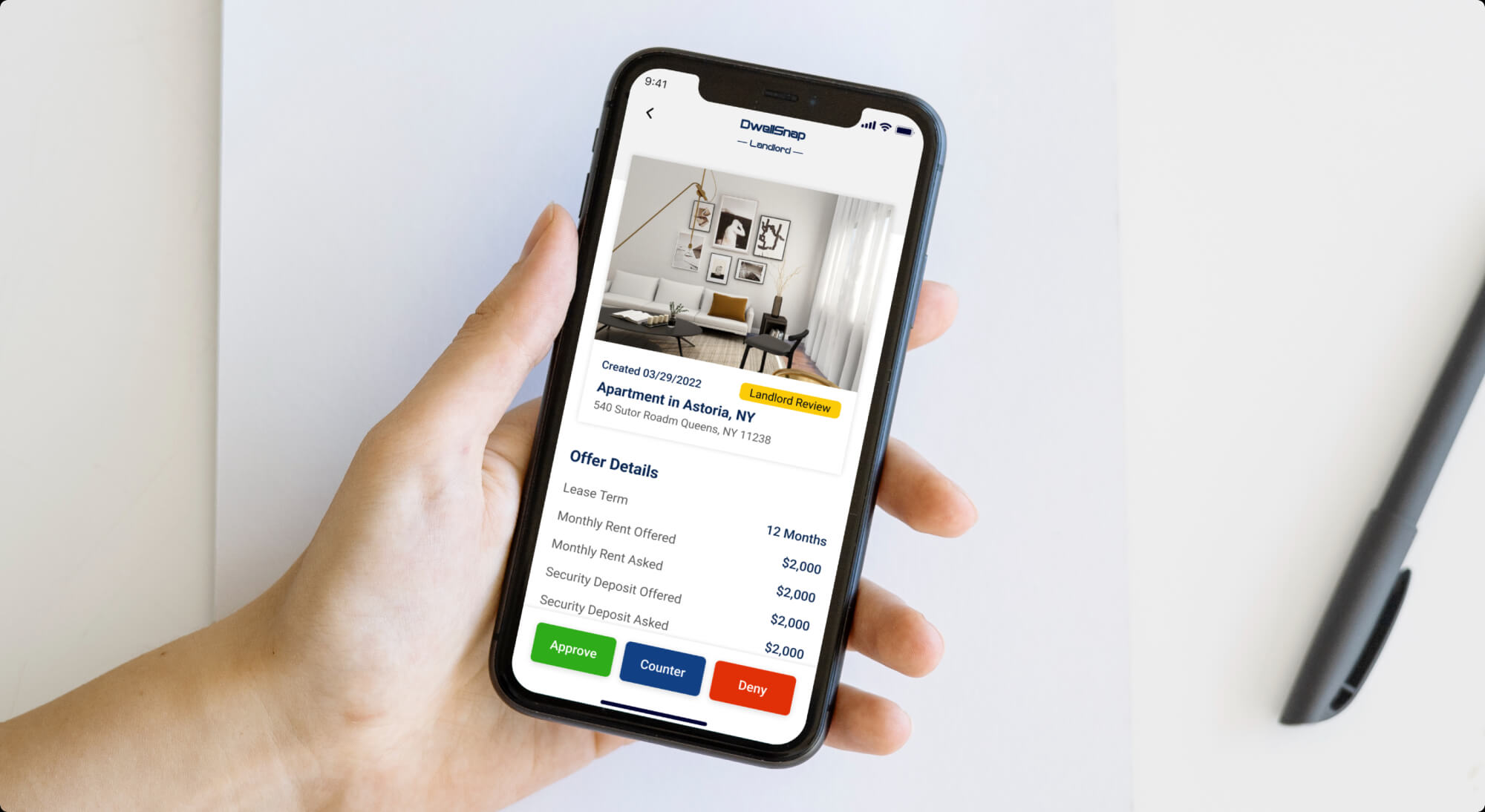
See also: Everything you need to know about mobile application development lifecycle
The power of the discovery phase of a software project
Navigating the software development process can be tricky. With so many factors to consider, it’s easy to lose track of what’s going on.
That’s exactly what the discovery phase in software development is for. Here’s what it offers to get your project off the ground from the start:
- More accurate project scope and goals for better time and cost estimates. An in-depth understanding of your needs, pain points, and budget constraints allows your development team to create a realistic time and cost estimate. As a result, your project is more likely to stay on track and within budget.
- Specialist expertise from the start. When your development team has a better view of the project, they can involve relevant expertise earlier in the development process. Compare this to bringing experts on board later, when you need to spend extra time and money updating them on the issues.
- Fewer chances of costly changes during later stages. The discovery phase helps reduce the risk of architectural problems and misunderstandings about goals, project complexity, and user needs. This way, it’s much more likely that you’ll hit your launch date with the product you’ve dreamed of.
- Data-driven insights about what users want. During the discovery phase, your team will engage with users, conduct research, and collect data to identify their needs, pain points, and preferences. This allows them to pinpoint user challenges and build an interface and product your users will love.
In short, the discovery phase is your key to developing and launching the best possible product for your market in less time. So what exactly does it involve? Let’s look at the key steps.

Here is one of the projects where we have provided discovery and research>
Discovery phase steps
There are four main discovery phase steps. They help shape more accurate cost and time estimates, identify potential obstacles, and design a more user-centric product.
1. Product definition
The first step in the discovery phase of a software project explores your goals, and what matters. Here’s what’s involved.
- Identifying stakeholders. Your development partner will identify key project players ranging from product owners and developers to end-users, investors, administrators, and anyone else who’ll have a say in the success of the final product.
- Clarifying business goals. The development team should have a clear vision of your product from the start. For example, the goal for a fitness app could be to create a multi-faceted platform with a comprehensive exercise base compiled by leading workout experts, athletes, and celebrities.
- Establishing what success means. During this step, the team carries out research to identify meaningful project KPIs that are relevant to your project goals.
With these tasks complete, your partner can start delving deeper into the details.
2. Product research and elicitation
During this phase, the development team thoroughly investigates the following:
- Existing documentation and research. This involves collating existing market surveys, user interviews, and other related research so you don’t do the same research twice.
- Competitors. The development team also focuses on your competitors and the strengths and weaknesses of their existing products. This enables them to identify unique value proposition and differentiate your product.
- Target audience. At this stage, the team investigates which user needs the product is going to address and visualizes the entire user journey. This is where UX/UI designers step up and take the lead. They define user personas and lay out each persona’s interactions with the product, and then create a flowchart or diagram that outlines the user experience. This helps shape your product and feeds into your marketing strategy.
Once all the prerequisites are in place, it’s time for some brainstorming.
3. Product ideation
Product ideation is a creative phase where teams brainstorm different aspects of the development process and prepare the following documentation:
- Lean Canvas. The Lean Canvas is a succinct business plan that helps validate and improve your business idea.
- User roles. Building on the Lean Canvas, the team documents your product’s different user roles (such as administrators and end users) and their purposes.
- Feature breakdown list. Based on the determined user roles, developers create a feature breakdown list: a comprehensive and detailed summary of all the features and capabilities of the software.
We’ll talk more about what the Lean Canvas, user roles, and feature breakdown list include later. For now, let’s look at the final stage in the discovery phase.
4. Product estimation
The last discovery phase step is estimation. Here’s what it involves:
- Estimating the project’s timeline and cost. This is a critical step in the discovery phase, as it results in a precise estimation of the time and cost required to develop either an MVP or a full-scale product.
- Creating a roadmap. The roadmap outlines the project phases and includes the key deliverables, deadlines, and resources required at each stage. It gives a comprehensive overview of the project’s progress, timeline, and status, which developers can use to stay on track and identify issues before they escalate.
Now let’s look at the key specialists who’ll guide your project through these steps.
See also: How much does it cost to create an app? [7 calculation formulas with examples]

The discovery phase: Who’s responsible?
Three groups ensure the success of your project’s discovery stage: you — as the client and source of information about your project’s vision and goals — permanent experts, and additional experts who give input at different stages.
Permanent experts guide the discovery phase of a project from start to finish. The main roles are
- Sales managers. After sales reps have understood your requirements, they present the unique value proposition of your partner’s development services and ensure they can fulfill your needs. Then, during the discovery phase, the sales team works hand in hand with other core team members, such as business analysts, to ensure your project moves forward smoothly.
- Business analysts. Business analysts define project goals and milestones, develop use cases and requirements for each milestone, create estimates, and craft documentation and user stories for the development team. They also check that the planned product matches your vision.
Additional experts join the software development team as your project progresses through the software development discovery phase:
- Project manager (optional). A PM’s primary role is to ensure your project is completed on time, within budget, and to your satisfaction. A PM is an ultimate multitasker, scheduling client meetings, recording details of these meetings, and ensuring engagement between the team members and stakeholders.
- Software developers. Even though they’re most active during the development phase, developers still play an important role during the discovery stage of a project. They help define the project’s scope, the time and resources needed to complete it, and keep tabs on which technologies to use.
- UX/UI designers. UX/UI designers are the masterminds of user experience, responsible for conducting user research to understand your users’ needs, behaviors, and goals. UX/UI designers collaborate with software developers, project managers, and clients to ensure the product design strategy is technically feasible. Their aim is to create an intuitive, visually attractive product with easy navigation.
- QA engineers. These tech detectives scrutinize your project requirements to make sure they’re crystal clear, succinct, and easy to test. QA engineers sketch test plans outlining the testing approach and methodologies. They also contribute to estimations.
What does all this talent and activity produce? Let’s sum up the key deliverables of the IT project discovery phase.

The discovery phase deliverables you receive
The outcome of the software development discovery phase is much more than just a formal meeting about your project’s future. The following key deliverables are the tangible results of a well-executed discovery in software development.
The Lean Canvas
The Lean Canvas offers a practical, concise, and entrepreneur-centric view of your business plan. While it’s similar to the popular Business Model Canvas, some Lean Canvas sections better suit the needs of startup entrepreneurs.
This document is a powerhouse of information. It covers all the essential aspects of the business, such as the problem your company is trying to solve, your target customer segments, the unique value proposition, key metrics, revenue streams, cost structure, and customer acquisition channels.
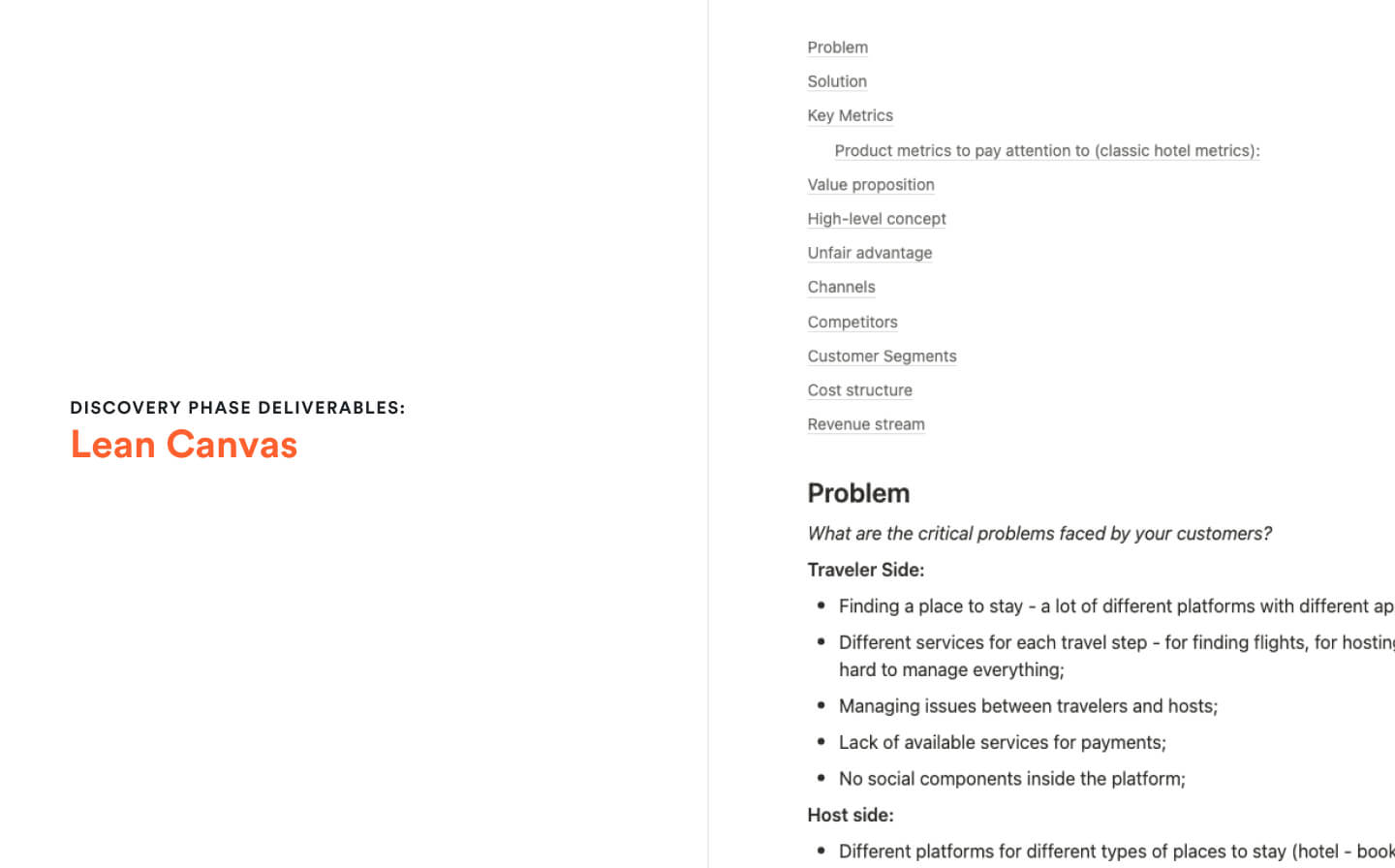
User roles
Who will use and interact with your product? The user role document describes your user types and their corresponding roles, ranging from moderators and administrators to end users. For instance, a guest user who hasn’t registered will have limited access to the app compared to an end user who can use the entire feature set.
This document is vital in shaping the development team’s understanding of your product and keeping the project’s user focus.
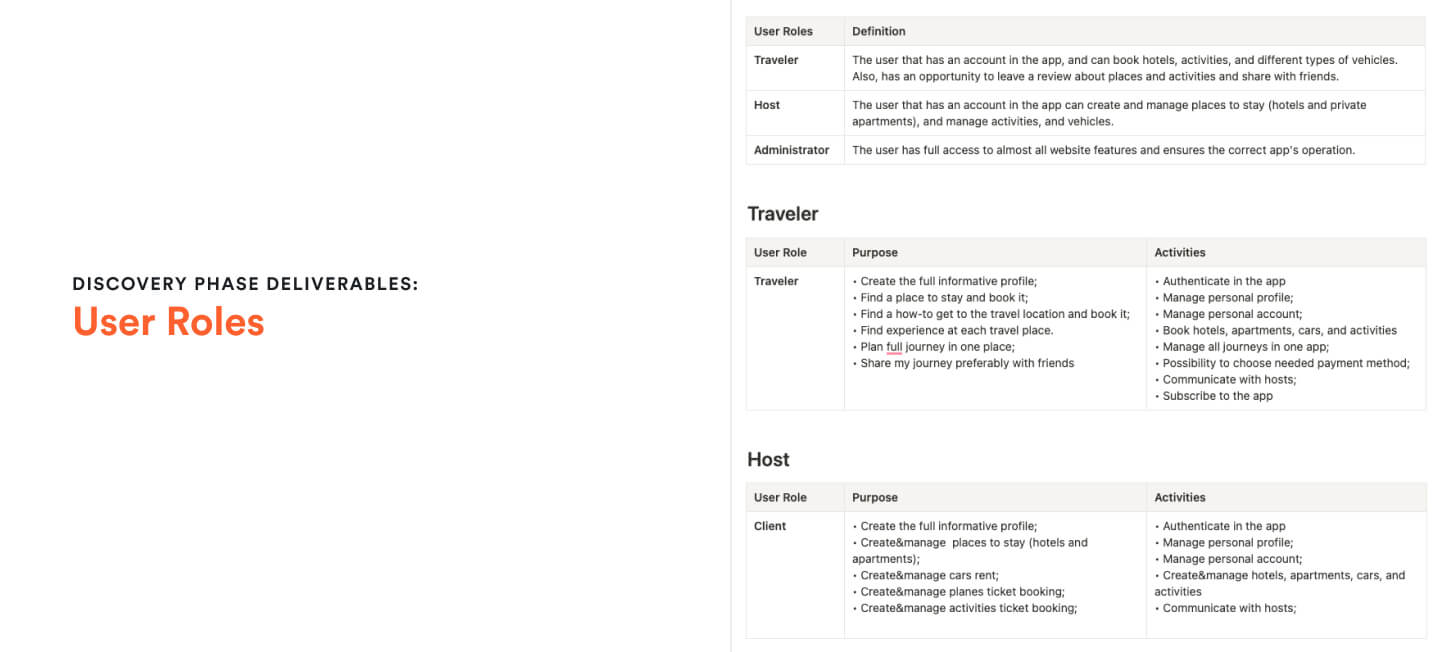
Feature breakdown list
The feature breakdown list is a comprehensive inventory of the essential and optional functionalities your product will need. This list is usually organized by product modules or sections. It includes descriptions, use cases, and other particulars for each function, along with the development time needed for each module or feature.
As an example, the feature list for an e-commerce website could include categories such as inventory management, order tracking, payment processing, and customer service.
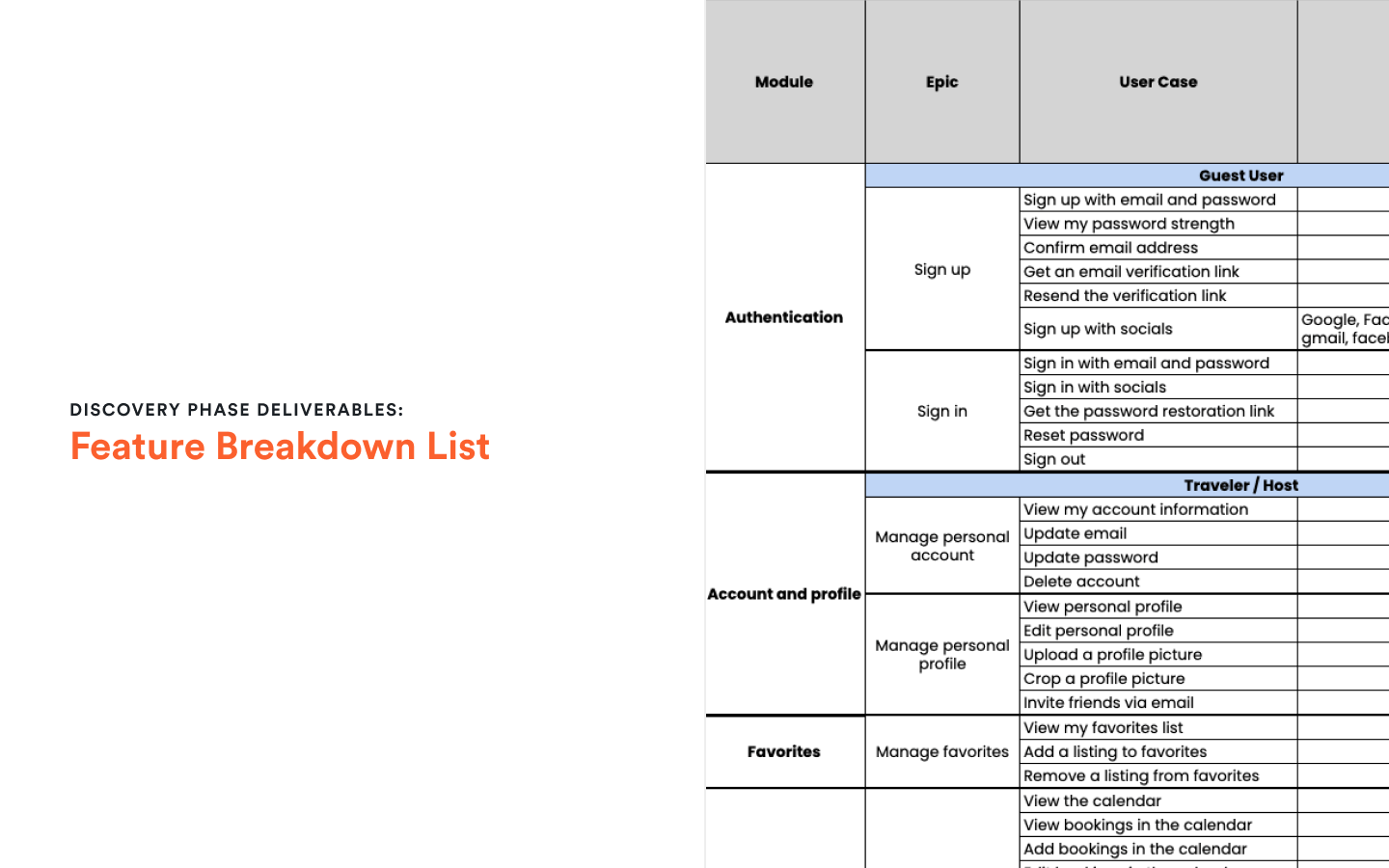
Technology stack proposal
The technology stack proposal is a roadmap that sets out the technical path for your software development project. It gives a comprehensive overview of the different hardware and software technologies the development team will use to build your solution, including programming languages, frameworks, libraries, databases, and servers.
When the development team creates a stack that is both flexible and easy to modify, they avoid getting stuck with dated or inefficient technology that’s difficult to integrate with other tools. Consequently, investing time in selecting the right technology stack pays off over the long term.
Estimation artifacts
These artifacts are a collection of all the essential documents the software development team uses to estimate project costs. It includes the Lean Canvas, user roles, and the feature breakdown list as a summary of the project’s target audience, user goals, and features. You can share estimation artifacts with other software development partners if you want to receive several project quotes.
See also: The 8 startup tips you need as a young founder

Final say
Cutting corners during the discovery stage of a project might seem tempting, but it can quickly backfire and put your project at risk of failure.
During the discovery phase, you will receive a comprehensive plan that covers all technical and organizational aspects of your project, including time and cost. The result? A more transparent and easier-to-follow development process and a final product that has the best chance of succeeding in your market.
At NERDZ LAB, we aim to bring added value to every software development project by suggesting the best solutions for your needs. Contact us for a project estimate or consultation! To learn more about our discovery services, visit this page.
Get more insights:
See all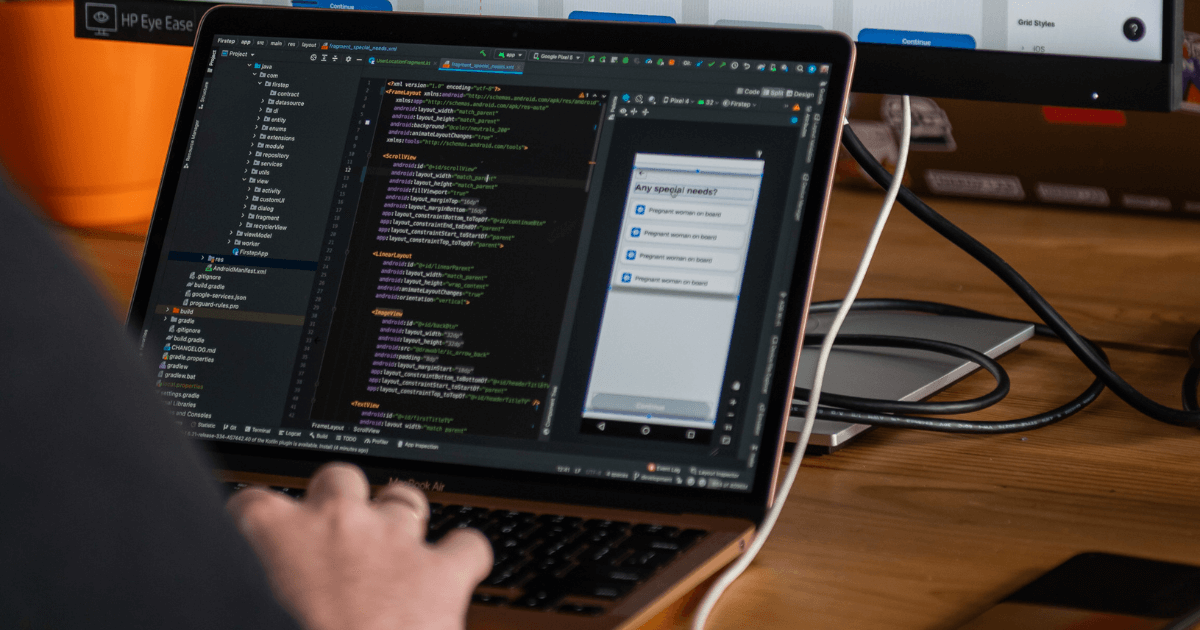

Andriy Tsebak
/
Co-Founder & BDM
— 7 min read

